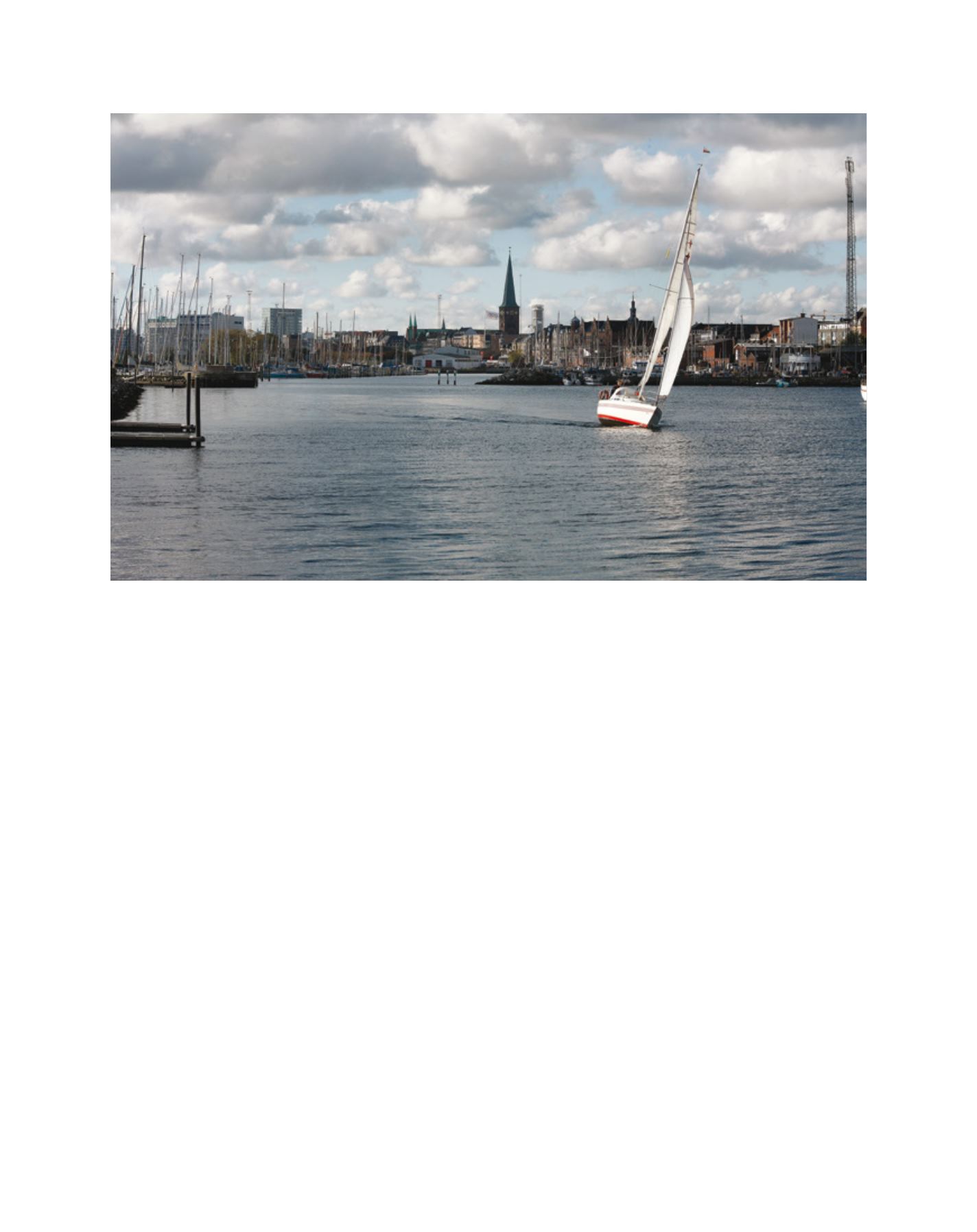

[
] 239
W
ater
C
ooperation
, S
ustainability
and
P
overty
E
radication
climate change that the urban water sector needs to address. The final
year of the project is dedicated to the demonstration of real-life situ-
ations at the Prepared water utilities. Successful cooperation between
researchers, technology suppliers and water utilities has resulted in
approximately 30 on-site demonstrations. The final conference will
be held in January 2014 in Aarhus, Denmark.
Contributing knowledge and expertise
Aarhus Vand leads the way globally when it comes to effective wastewa-
ter management. Alongside DHI, it contributes to the Prepared project
with its knowledge and expertise from the Aarhus Å-projektet (Aarhus
River project). This project is about flood prevention and preventing
wastewater from overflowing into lakes, streams and bays by creating
large basins and ensuring optimal control of basins, sewerage plants
and water treatment plants. It is a full-scale project, fully financed and
therefore ideal in this context. Along parts of the Aarhus River and on
the Port of Aarhus, urban development is rapid and will continue at a
fast pace in the coming years. The Aarhus River was previously covered,
but it is now uncovered and has become a recreational element in the
city. The part of the harbour close to Aarhus has been converted from
industrial harbour to new city areas. Here, too, water and canals will be
important recreational elements. In 2005, the Municipality of Aarhus
decided to improve the quality of water hygiene in receiving waters
through the Aarhus River project, in order to support opportunities
for the recreational use of Lake Brabrand (Brabrand Sø), the Aarhus
River and the Port of Aarhus. In more measurable terms, this decision
is driven by the Water Framework Directive and the Bathing Water
Directive and the planned solution must be adapted to the expected
climate change scenario.
As an integrated part of the Aarhus River project, Arhus
Vand has implemented one of the world’s most advanced
systems in which the control of all installations is coordi-
nated from one point. A challenge for the city of Aarhus
is the recreational area, Lake Brabrand, which is close
to the city centre and is connected to Aarhus Harbour
through the small Aarhus River. The water in the lake,
river and harbour was adversely affected by combined
sewer overflow, stormwater drains and effluent from
wastewater treatment plants. Efficient and flexible opera-
tion, especially during rainfall events, will be secured by
new integrated control and an early warning system. This
will improve water hygiene, including during expected
climate change scenarios like intense rainfall and rising
sea levels. The demonstration will involve improved
rainfall monitoring, integrated control of sewer and
wastewater treatment plants, and early warnings on the
water quality of receiving waters. By taking the chal-
lenges posed by climate change into account, excellent
water quality will be produced by implementing the
designed solution of sufficient basin volume, sufficiently
high water quality through increased hydraulic capacity,
and disinfection at the wastewater treatment plant.
As part of the Prepared project, the Aarhus River project
has resulted in improved cooperation with colleagues from
Lyon, Berlin and Barcelona. It enables international envi-
ronmental research to be applied concretely and locally,
with the intention of cooperating across borders using the
latest technology in the fight against climate changes.
Rapid urban development has made effective wastewater management a priority in the city of Aarhus
Image: Aarhus Water


















